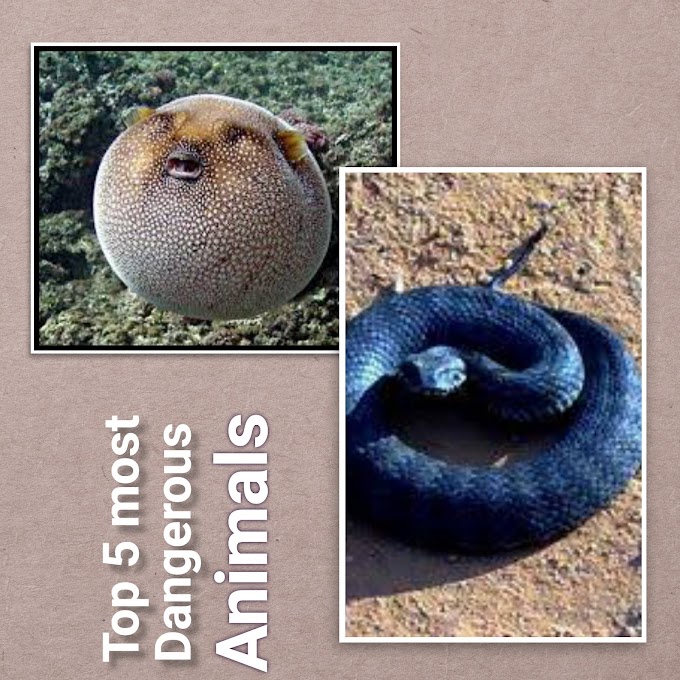Bangkok Snake Farm (Queen Saovabha Memorial Institute Thailand) - Things to do in Bangkok
A few weeks ago, we saw this large king cobra receive some stitches, to a gash in its side. Today, those stitches will be removed. But first, this snake needs some help to shed its skin. As you saw at the beginning, there is even a scale over the snake's eye, that needs to be removed. Snakes, of course don't have eyelids which is one of the features that can help distinguish them from legless lizards.
You may be wondering why this snake needs help with shedding its skin. As obviously that is something that happens naturally in the wild. But in captivity it is not always so easy. In the wild, the snake would be able to seek out the most suitable temperature and level of humidity, to help the old skin come lose. As well as having rocks and branches available to rub against. Here, this snake has been kept in a clean and sterile environment, because of its injury, and so, needs a helping pair of hands from the vet. Here we see the stitches that were put in a couple of weeks ago, and which the vet will now remove. While we have this close-up view of the body, you may wish to count the number of scales up from the wide belly scale at the bottom, You will see that there are 7 scales up the side, then there is the central scale on the top of the vertebra, and there will of course be 7 more on the other side of the body, giving a total of 15 in all around the mid-point of the body. This number varies between species of snakes, and can sometimes be used to identify a species from shed skins, or if only part of the snake's body is visible. Well, that's the stitches dealt with and let's hope this snake will now have a long life here at the snake farm, providing venom for the production of serum.
As a final step, the veterinary staff are going to inject a PIT tag under the skin of the snake. PIT stands for Passive Integrated Transponder This little device does not require power, and therefore, can stay inside an indefinitely. And it is activated when a suitable reader is held close by, to give an identification number. It is an invaluable tool in field research in a wide variety of animals. And finally, the vet removes the scale over the snake's left eye, which was overlooked earlier.














